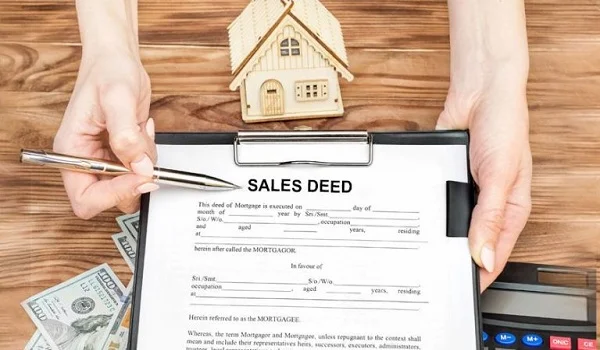What Does A Sale Deed Consist Of

The sale deed is a document that is evidence of the sale and the transfer of the ownership of property. This document is created on a nonjudicial stamp paper of a value that has been predetermined by the state government. Stamp duty and registration charges are to be paid by the buyer.
Before signing the sale deed, the buyer must ensure that all charges have been paid on the property by the seller. These will include property tax, loan repayment, and utility bills. Also known as the conveyance deed or the final deed, this document consists of the following:
Relevant details of the buyer and seller, including the name, age, and address. These details must be verified and correctly entered into this legal document.
Details of the property being sold, including the total area and details regarding the construction. The correct address of the property also should be in the sale deed.
Details of the price paid for the property. This also includes the amount paid in advance and the mode of payment utilized.
The time frame for complete ownership transfer with original documents of the property.
An indemnity clause should be included where the seller promises to reimburse the buyer any damages that may be incurred with regard to ownership disputes.
A default clause provides for the defaulting party, the buyer or seller, to pay a penalty if the deed is not affected.
The deed must also include relevant details, including the type, whether it is a sale deed or a mortgage deed. All the details of the parties involved in the property transaction should also be mentioned. A detailed description of the property must be included in the document. The sale deed is a valid proof of transfer from the seller to the buyer and proof of property ownership.
Godrej Properties prelaunch new project is Godrej woodscape
| Enquiry |








